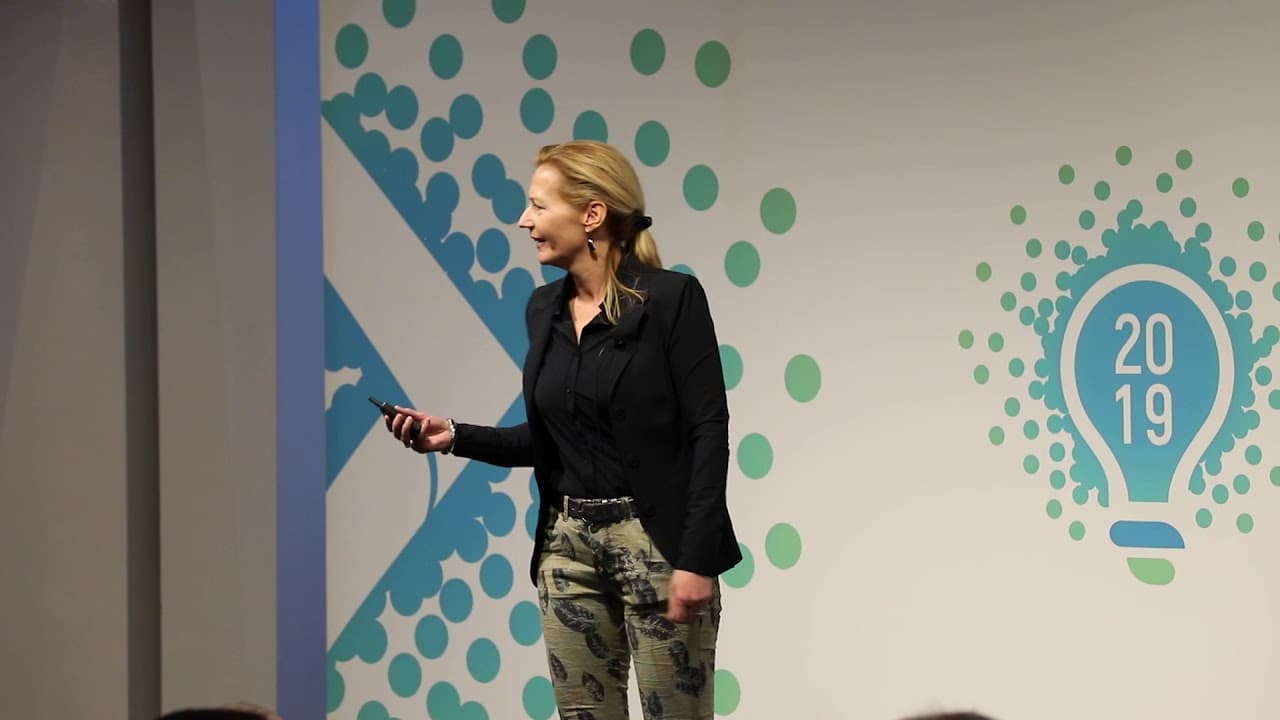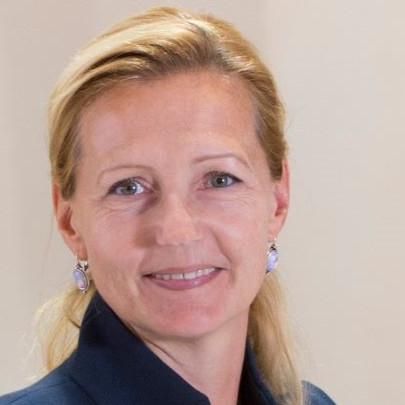Thank you. I was already here in New York on Monday, and yesterday I attended the Women in Agile conference. It was a really nice kickoff. I love this city! I was here for the first time in December, and I was amazed by the energy, the people, and the incredible architecture. I spent the whole day walking, just taking in the buildings—each one unique and different. One that stood out to me was the Brooklyn Bridge, with its impressive structure.
As I reflected on transformation, I realized that just as architecture evolves, so must organizations. When transitioning from a classical organization to a networked, agile one, restructuring is necessary. But the question remains—is that enough?
My Purpose
My name is Alisa Hofmeister, and I want to introduce myself through my purpose:
Gather a team, set up the expedition, sail through the waves, and explore beyond horizons. It’s not about discovering new landscapes; it’s about seeing things in a different way.
That’s what I want to ask of you today—see things in a different way. Over the next few minutes, I will take you through the transformation of ING to the One Agile Way of Working and the mindset shift that enabled it.
Why Should We Change?
We’ve heard many stories today about the need for change. But if you look at this image, you’ll see the proof—technology is changing at an accelerating pace. It took the telephone 75 years to reach 50 million people. Compare that to more recent innovations: the Internet, mobile apps, and digital platforms. For example:
- Angry Birds: 35 days
- Pokémon GO: 19 days
- Mario: 8 days
- An egg on Instagram: 70 hours!
It's almost ridiculous, isn't it? The speed of change is unprecedented. Today, nearly everyone owns a smartphone, and businesses must evolve at the same pace. If we don’t respond to customer needs, we risk becoming obsolete.
The Elephant and the Greyhound
At ING, we recognized that we were not a greyhound—we were the elephant. But we still wanted to compete with the greyhounds. To learn how, we visited fintech companies, Google, Zappos, and Spotify, asking them, “How do you do it?” The answer was always, “It depends.” Our board returned home without a definitive answer, but we formulated three key goals for our transition:
- Reduce time to volume – Respond faster.
- Break down silos – Increase collaboration.
- Lift engagement – Make work meaningful.
Designing an Agile Organization
To support these goals, we designed a new structure:
- Tribes and Squads: Deliver products.
- Chapters: Focus on craftsmanship.
- Circles: Sell and service customers.
- Centers of Expertise: Provide support.
However, a structure alone is not enough. Inside the organization, just like inside a bridge, there is movement—people don’t just go from A to B. They move forward, backward, up, and down. To truly enable agility, we needed a shift in mindset and culture.
The Journey of Change
Think about children playing. They create joy and energy without fear. Then, we place them into a system—school—where their natural curiosity is constrained. We say, “Nice question, but not now.” Over time, children adapt to the system. Later, we introduce them to the workplace, where they continue following structured rules. Now, we ask them to be agile. But transformation is not an event—it’s a journey.
Experiencing Agility
Our first challenge came from within: “If we’re adopting agility, why are we introducing it top-down?” That question made us rethink our approach. We formed multidisciplinary teams including leadership, business, IT, data, HR, and communication. Together, we experimented with agility rather than simply selling it.
We redesigned processes, including:
- Hiring: Instead of top-down decisions, teams conducted peer-to-peer hiring.
- Culture: We introduced the Orange Code, created by 12,000 employees.
- Communication: We held pizza sessions and agile cafés to discuss our shared vision.
Scaling Across Countries
After two years, the transformation expanded beyond the Netherlands. Each country had the freedom to adapt the approach while leveraging our experiences. We created:
- Global Leadership Training: Helping leaders align with their personal purpose.
- Exchange Programs: Agile coaches, product owners, and tribe leads shared experiences across locations.
- Boot Camps: Boards from different countries came to learn and define their own transformation story.
Lessons and the Road Ahead
Are we finished? No. Is it perfect? No, and it never will be. Change is constant, and next year will bring new challenges. But we know one thing—we must embrace change together.
We are building bridges, not just structures. If we can learn from failure, support each other, and stay aligned with our purpose, we will continue to empower our people—both customers and employees—to stay a step ahead in life and business.



 Digitalization, 24/7 availability, respond fast on changing needs of our customer. With everything we do ask the question: WHY? Why should we do this. What value does it have? Ask yourself the question: How do I stay relevant for our customers and for our people in the organization.
Digitalization, 24/7 availability, respond fast on changing needs of our customer. With everything we do ask the question: WHY? Why should we do this. What value does it have? Ask yourself the question: How do I stay relevant for our customers and for our people in the organization.